Percentage of Slope
The speed at which personnel and equipment can move up or down a hill is affected by the slope of the ground and the limitations of the equipment. Because of this, a more exact way of describing a slope is necessary.
a. Slope may be expressed in several ways, but all depend upon the comparison of vertical distance (VD) to horizontal distance (HD) (Figure 10-10). Before we can determine the percentage of a slope, we must know the VD of the slope. The VD is determined by subtracting the lowest point of the slope from the highest point. Use the contour lines to determine the highest and lowest point of the slope (Figure 10-11).
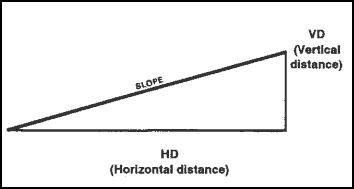
Figure 10-10. Slope diagram.
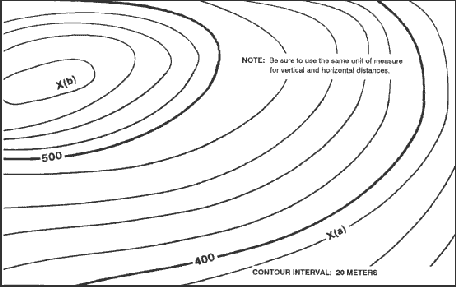
Figure 10-11. Contour line around a slope.
b. To determine the percentage of the slope between points (a) and (b) in Figure 10-11, determine the elevation of point (b) (590 meters). Then determine the elevation of point (a) (380 meters). Determine the vertical distance between the two points by subtracting the elevation of point (a) from the elevation of point .The difference (210 meters) is the VD between points (a) and (b). Then measure the HD between the two points on the map in Figure 10-12. After the horizontal distance has been determined, compute the percentage of the slope by using the formula shown in Figure 10-13.
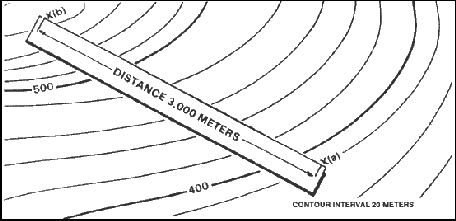
Figure 10-12. Measuring horizontal distance.
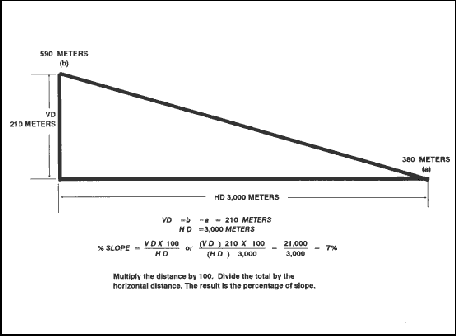
Figure 10-13. Percentage of slope in meters.
c. The slope angle can also be expressed in degrees. To do this, determine the VD and HD of the slope. Multiply the VD by 57.3 and then divide the total by the HD (Figure 10-14). This method determines the approximate degree of slope and is reasonably accurate for slope angles less than 20º.
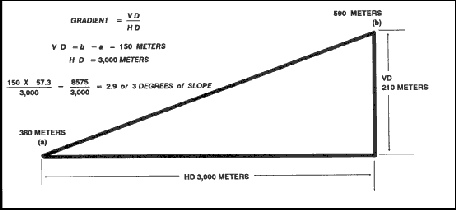
Figure 10-14. Degree of slope.
d. The slope angle can also be expressed as a gradient. The relationship of horizontal and vertical distance is expressed as a fraction with a numerator of one (Figure 10-15).

Figure 10-15. Gradient.
Back to Elevation and Relief
|

